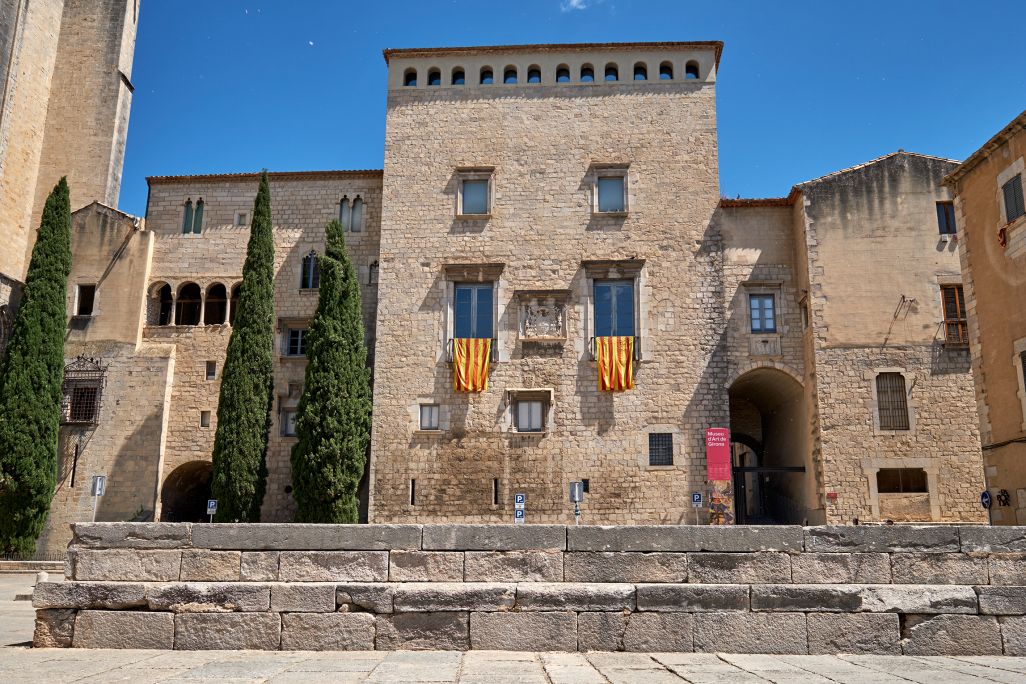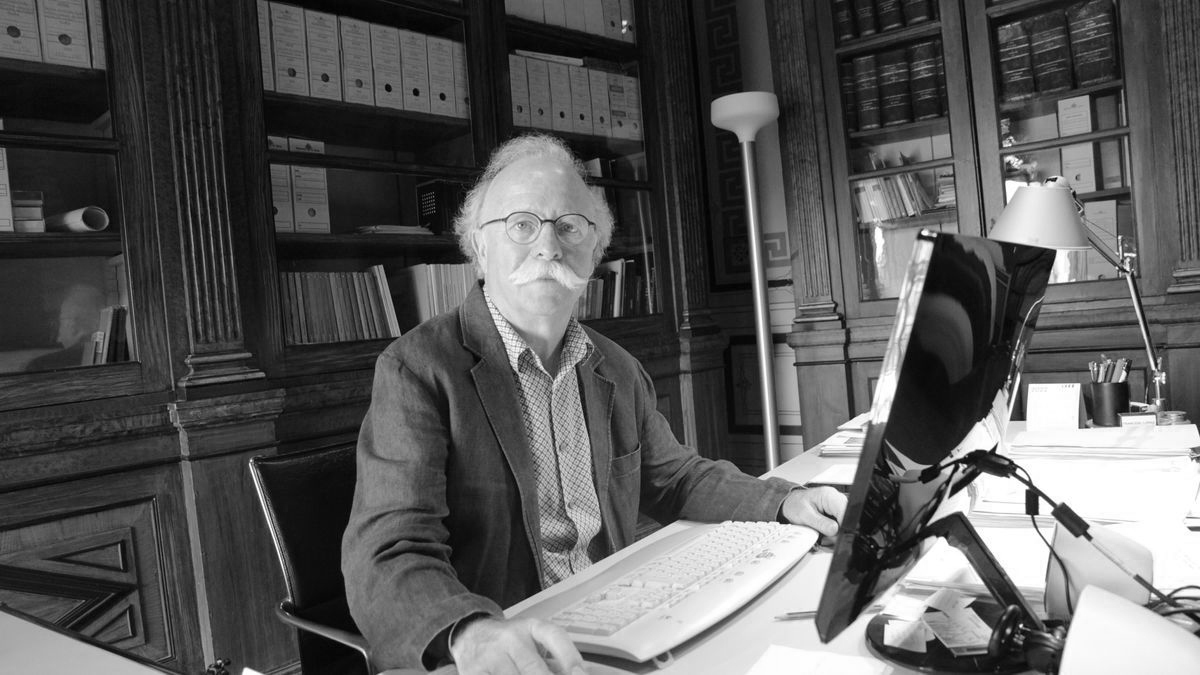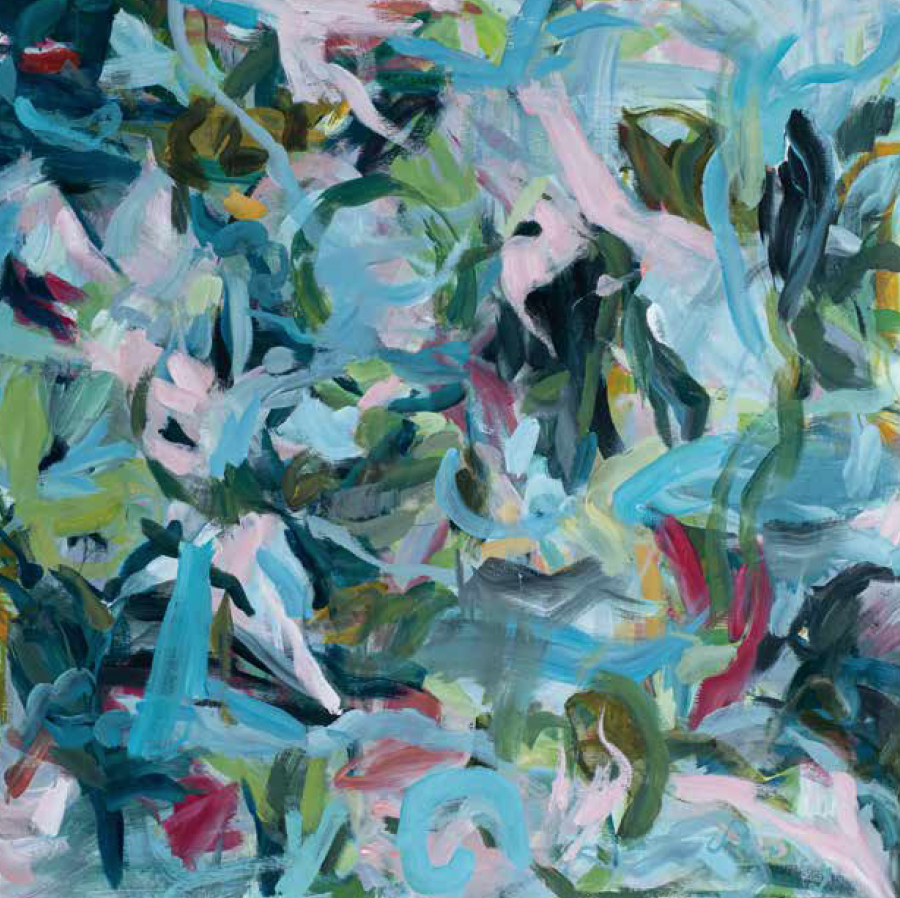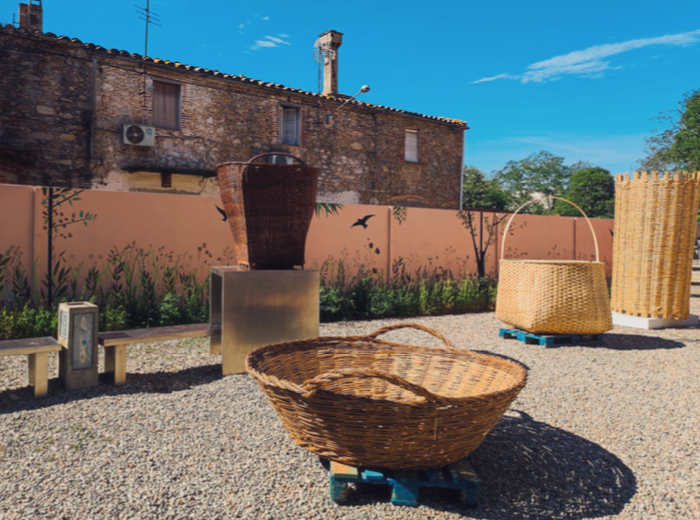Exhibitions
Fundació Mapfre organizes, in collaboration with Fundació Foto Colectania, "Carrie Mae Weems. A great turn of the possible"
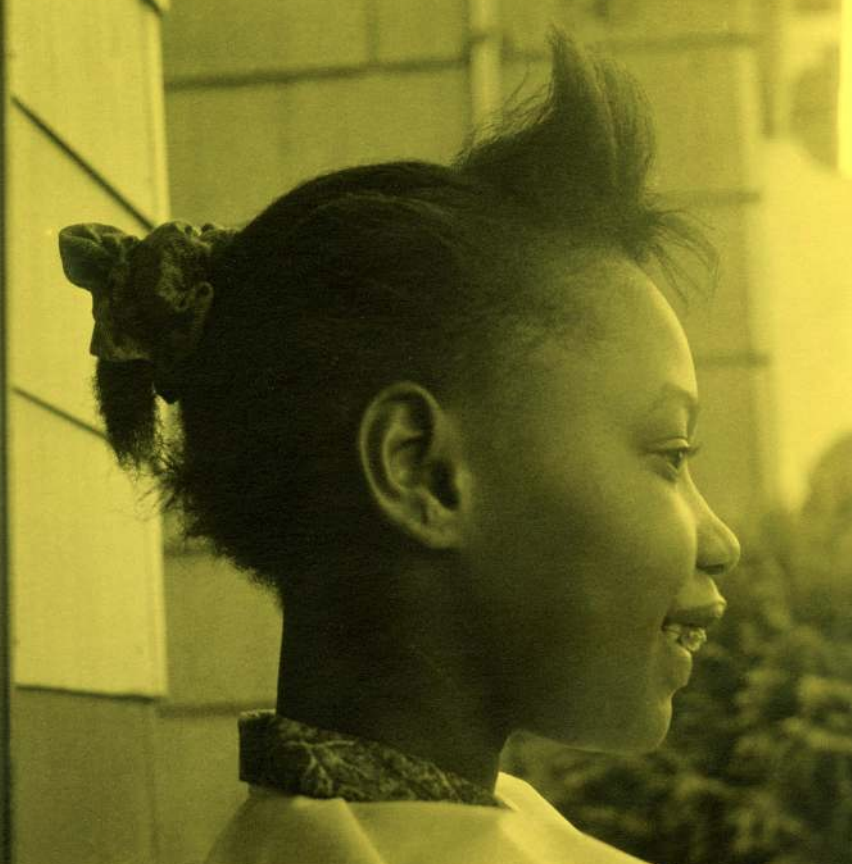
The MAPFRE Foundation, in collaboration with the Foto Colectania Foundation, organizes the Carrie Mae Weems exhibition. A great turn of the possible, which is presented simultaneously at its photography center KBr and Foto Colectania and which can be visited until January 15, 2023. Carrie Mae Weems has developed her career since the beginning of the eighties around the reformulation of the identity of the African-American community and women, of history and the fight against violence. The exhibition, one of the most extensive of the author to date in our country, covers her entire career and combines a chronological and conceptual approach in the installation. Weems' works can be seen at the same time in three spaces in the county town, the MAPFRE Foundation's own KBr center, Foto Colectania and the Museum of Contemporary Art of Barcelona.
As part of this project, the MACBA Museu d'Art Contemporani de Barcelona presents the video installation Lincoln, Lonnie, and Me. This great retrospective is thus the result of a fruitful creative cooperation between these outstanding cultural agents of Barcelona, who join forces generously to show the public the work of one of the most relevant artists at an international level.
One of the peculiarities of Carrie's work is that in many photographs we find the body of a woman from the back whose face we never see. It is Carrie herself, her alter ego or muse, who acts as the narrator of the story the artist wants to tell. If in series such as Dreaming in Cuba (2001) this muse wears a white dress conveying optimism, in other cases -Museums, Roaming-, she is completely dressed in black, which gives her an anachronistic, almost spectral feeling, which guides the viewer to a reflection on the past, history and memory.
Throughout her career, Carrie Mae Weems has interrogated history and questioned the visibility or invisibility of those who have contributed to its construction by trying to subvert, reconfigure and influence the dominant discourse. In this sense, he has used racial, sexual and political stereotypes to express a deep criticism of the system and the artistic practice itself. From the first series Family Pictures & Stories (1978-84) and throughout its more than thirty years of production, questions of power, race, violence, gender, politics and identity have always been present in his work and the artist has approached them from a narrative point of view rather than from a documentary perspective in various media and languages: Photographs -which he groups in series-, texts, performances and large installations.
Since her beginnings, Carrie Mae Weems has explored questions related to gender identity, sometimes from an intimate and familiar point of view, as was the case in Kitchen Table (1990), understanding the domestic space as the place to present matters related to tradition, family, monogamy or personal relationships. This type of work presents us with an artist with a strong political commitment who reflects on the uses and abuses of power in the private sphere. But Weems doesn't just stay in the private space. In her series on Africa, the artist reflects on how the Other has been seen throughout history, understanding the Other as someone who is not part of the dominant culture. This culture - white dominant, would have created narratives regarding race, gender and classes that do not correspond to the reality of this other and that usually involve oppression and racism. It is these historical narratives that, with his work, Weems tries to rework.
Weems' artistic practice transcends the particular and reflects on a complex past that projects hopefully into the future and connects different generations. In many of her works the artist presents herself as a new narrator of history, sometimes literally because she photographs herself in the scenes, from the back, as an anonymous character, a woman, a black body present/absent in a performative attitude that has accompanied him throughout his career, since he studied dance at the beginning of his career.





